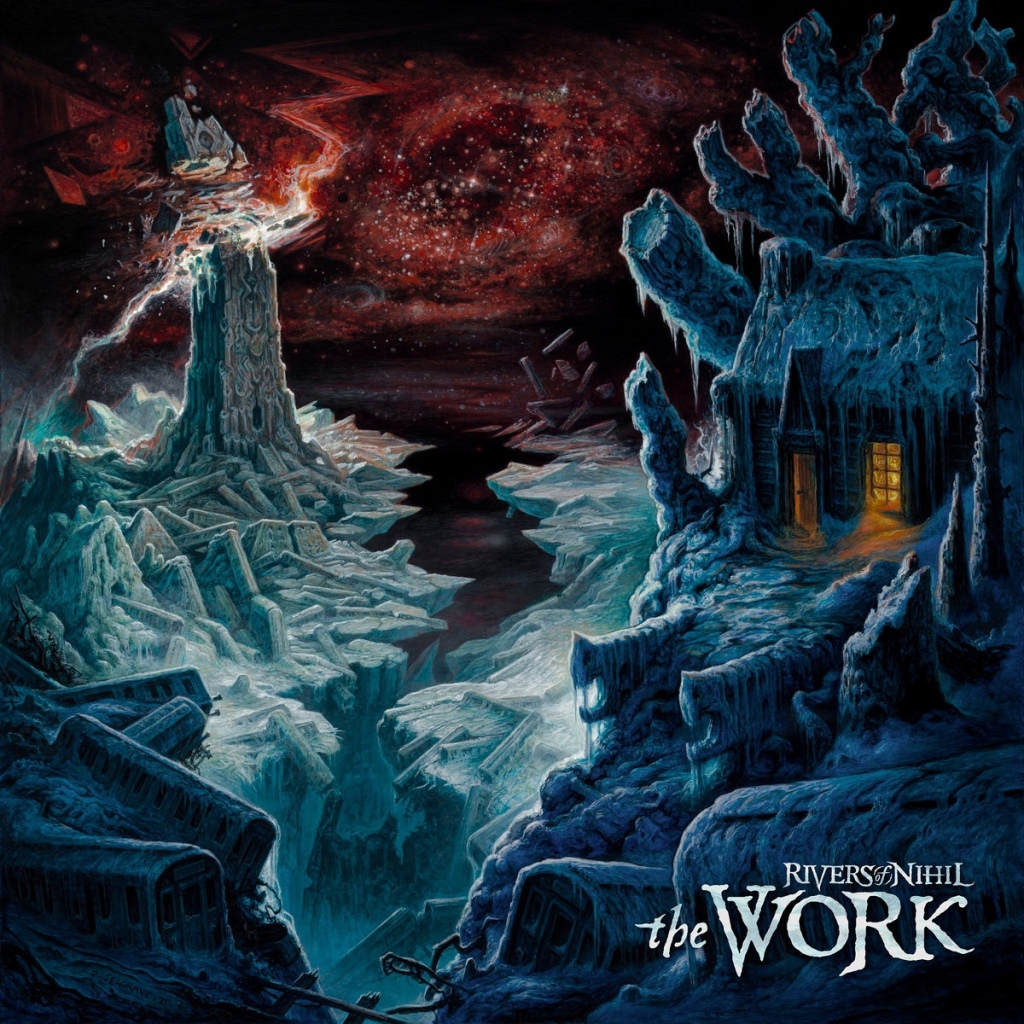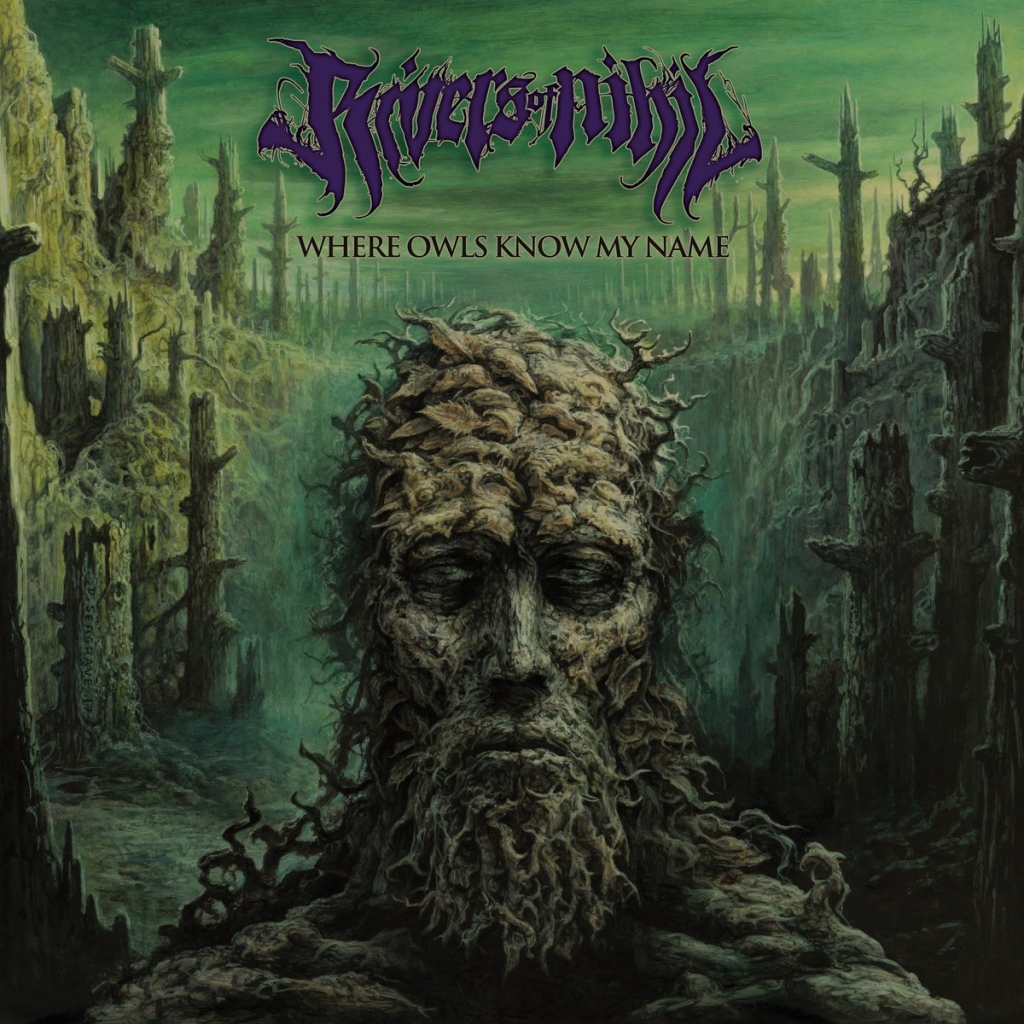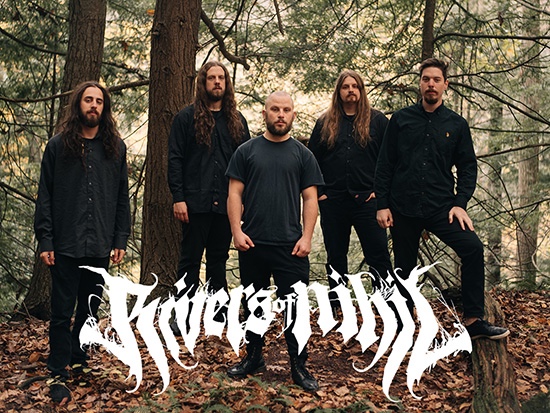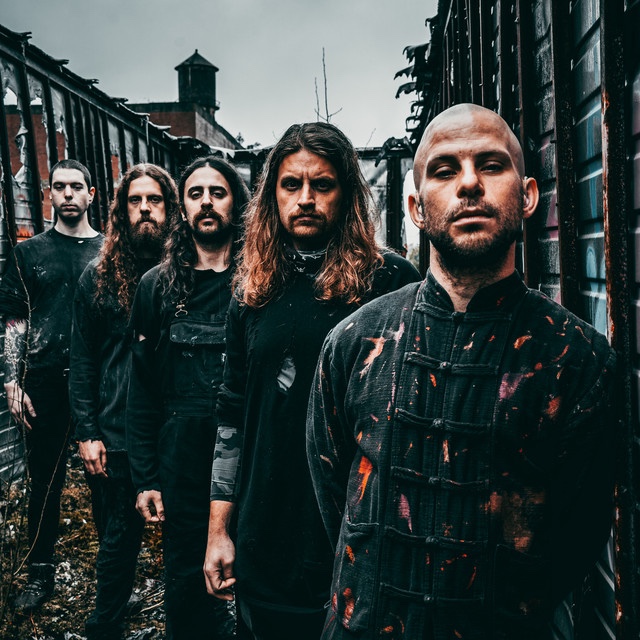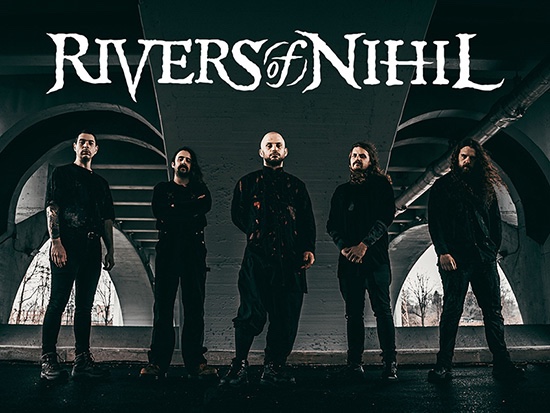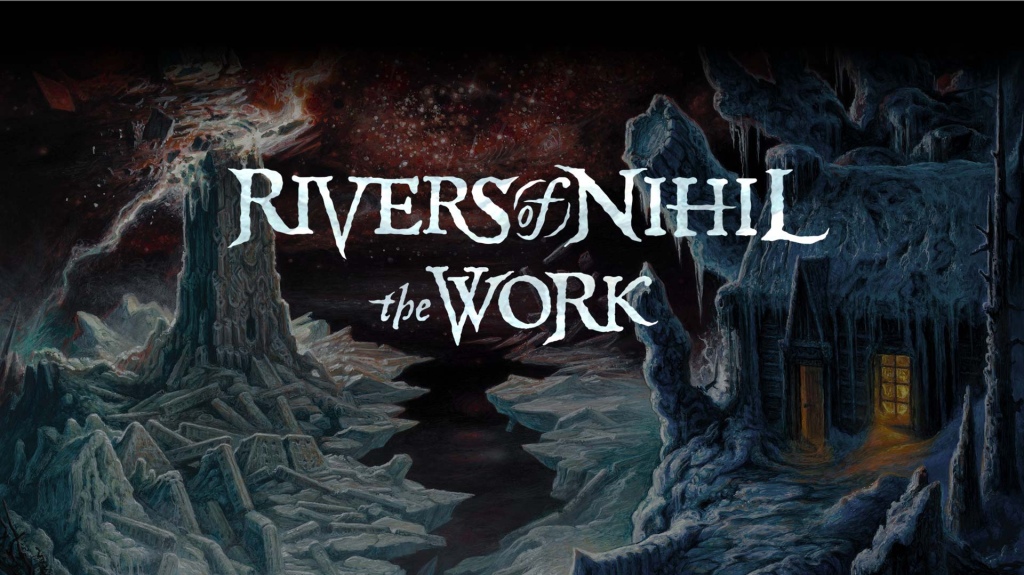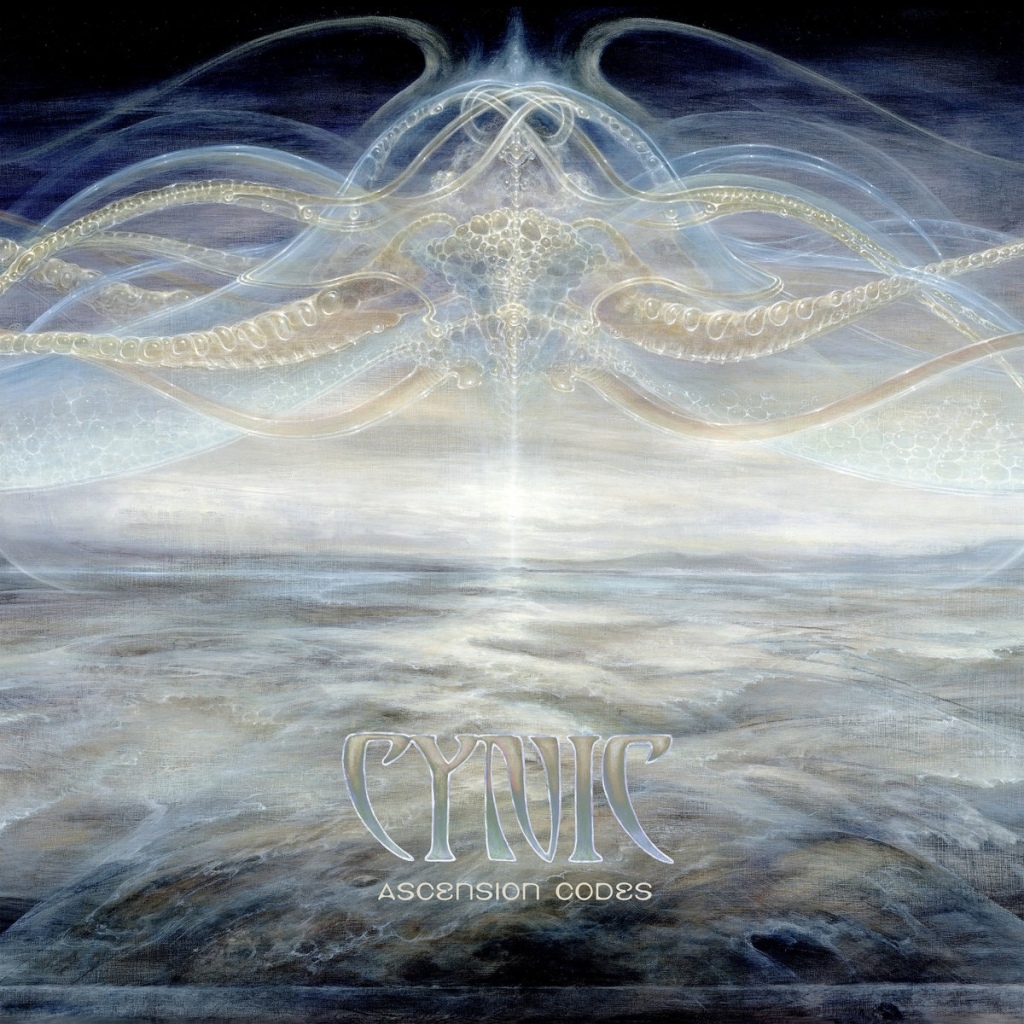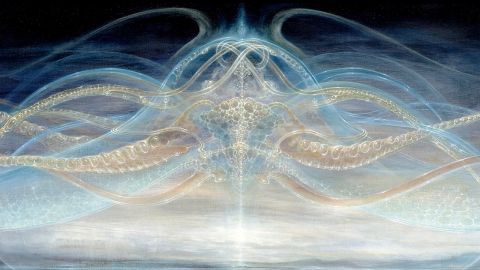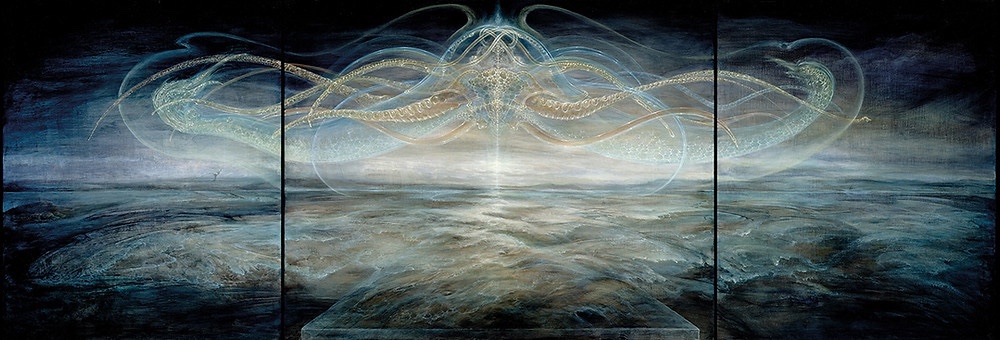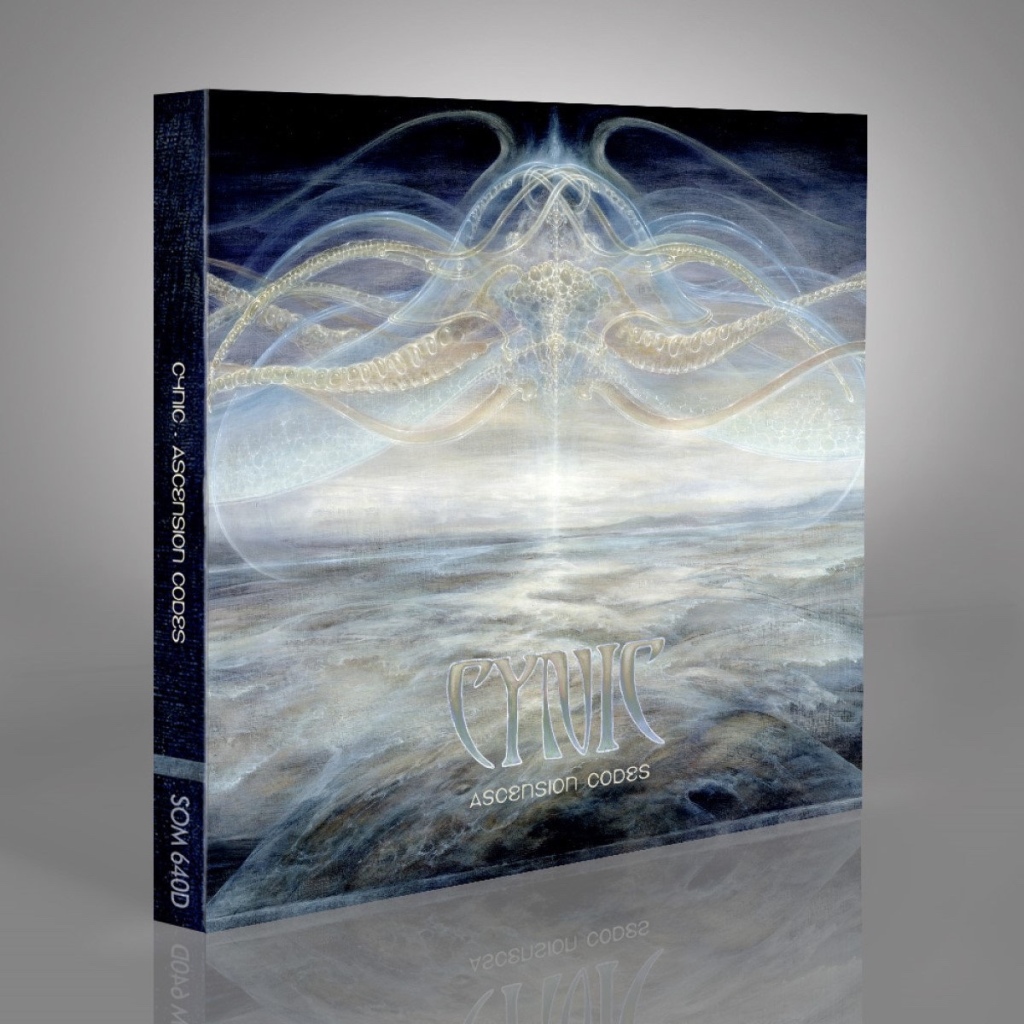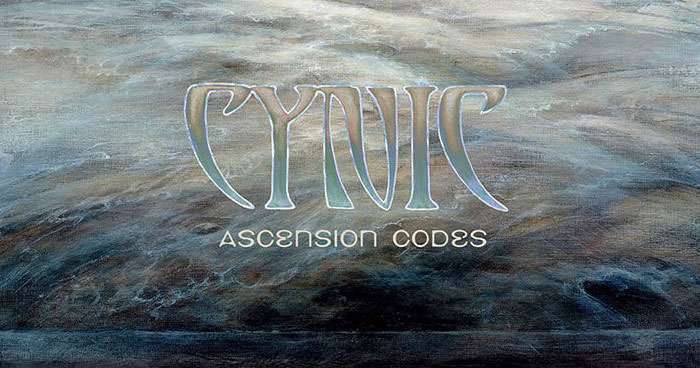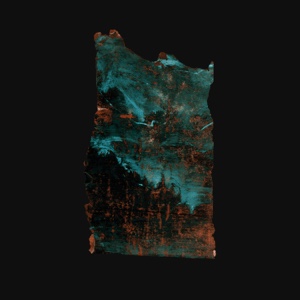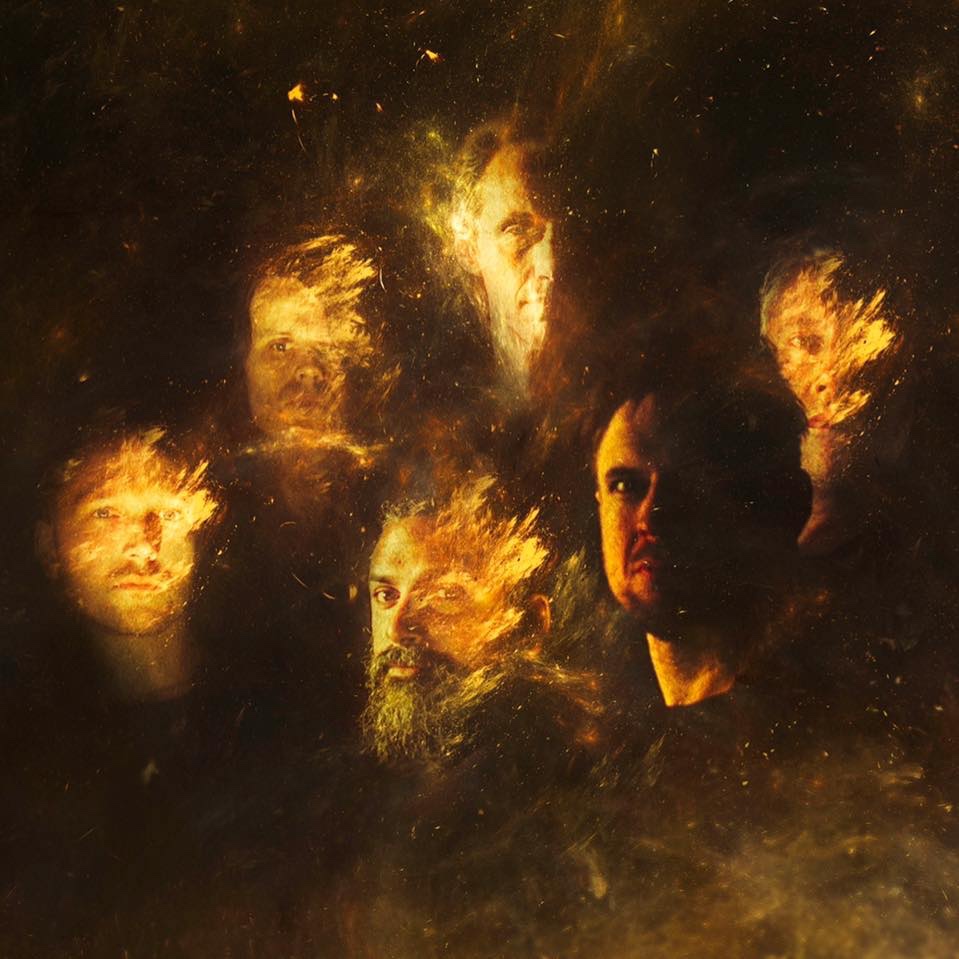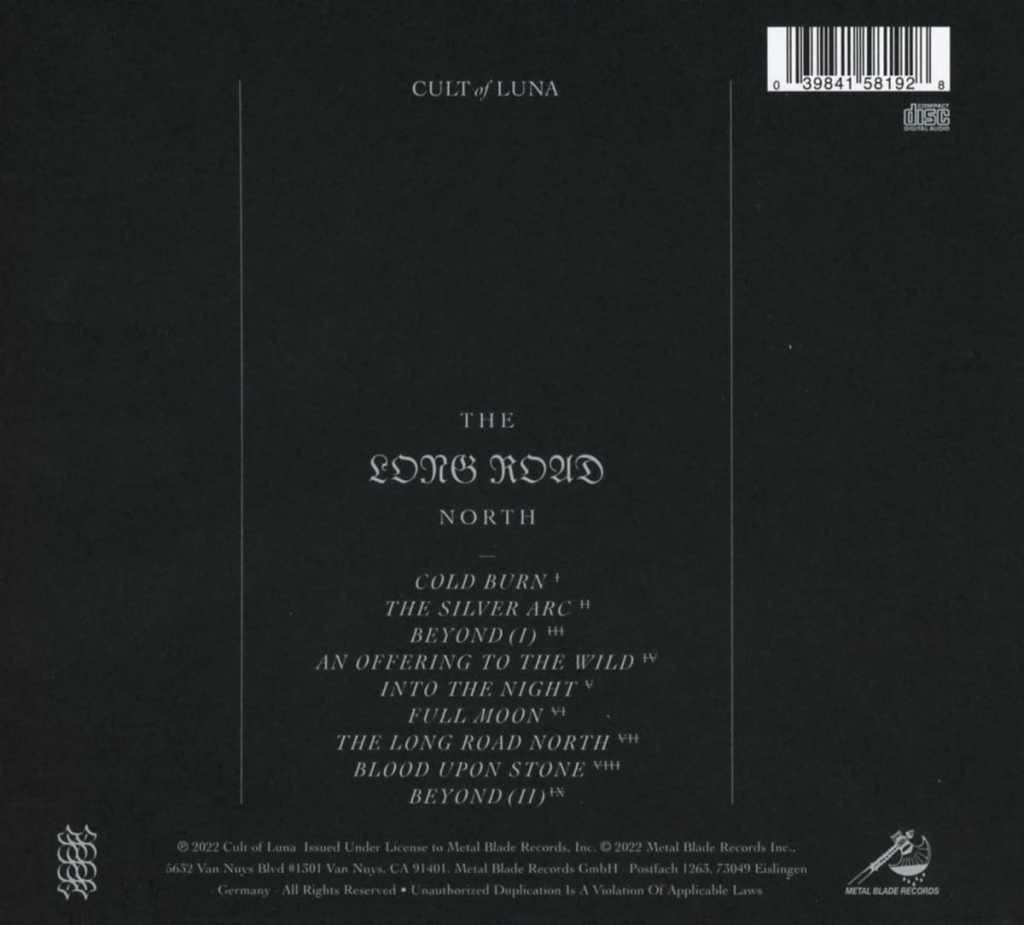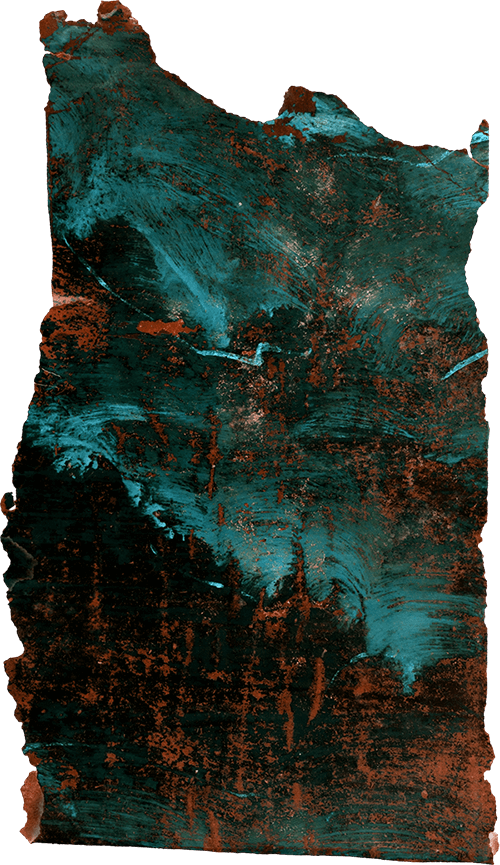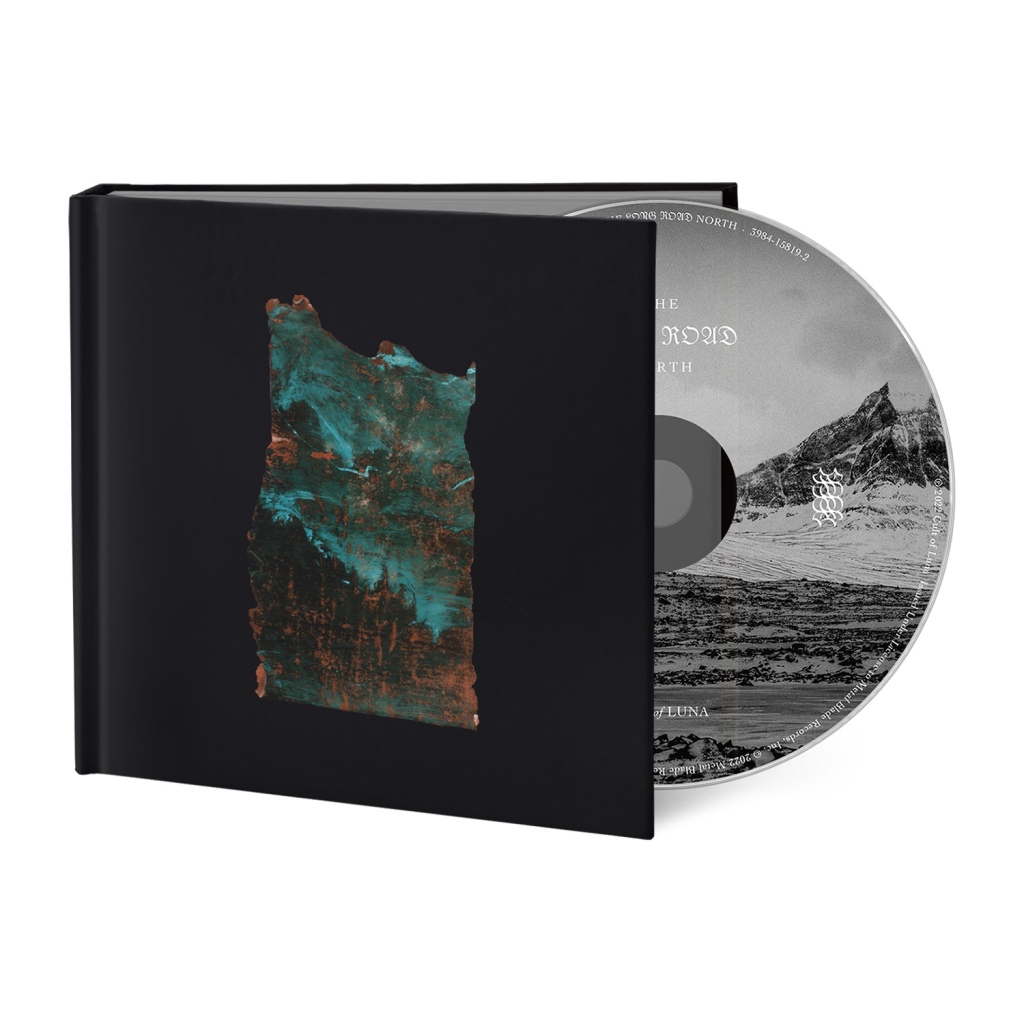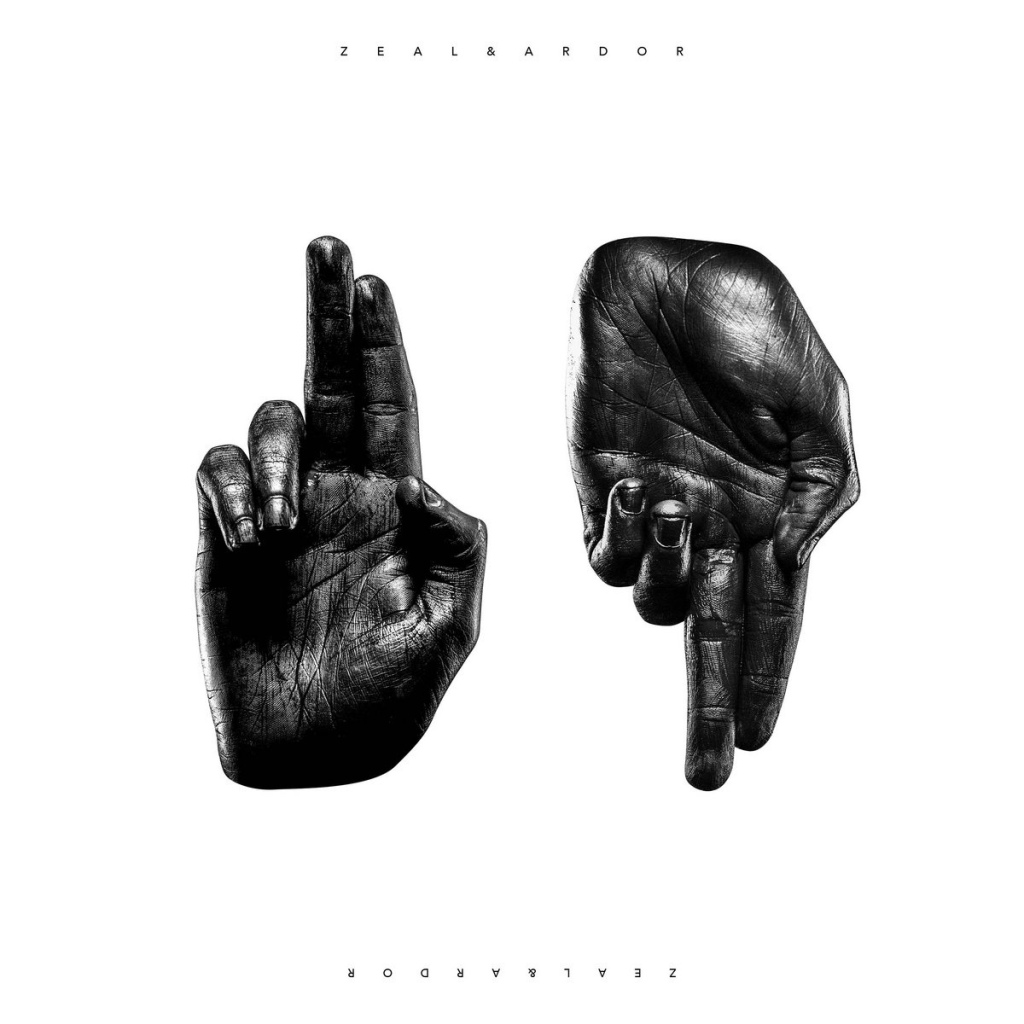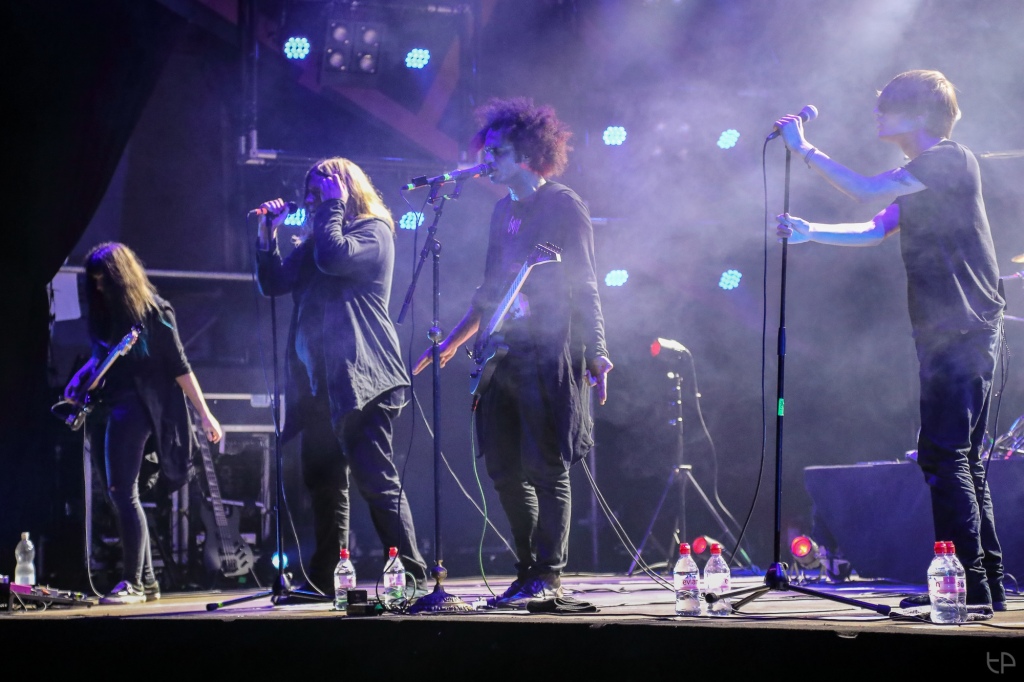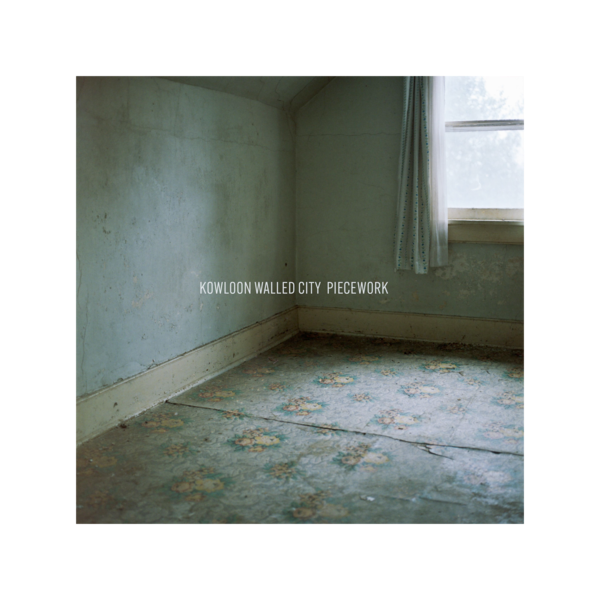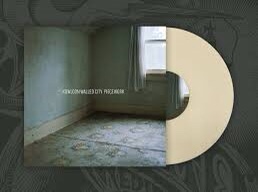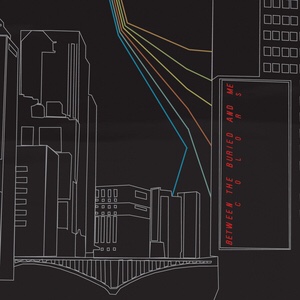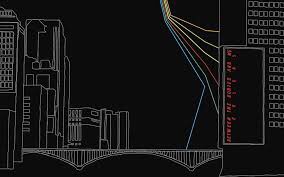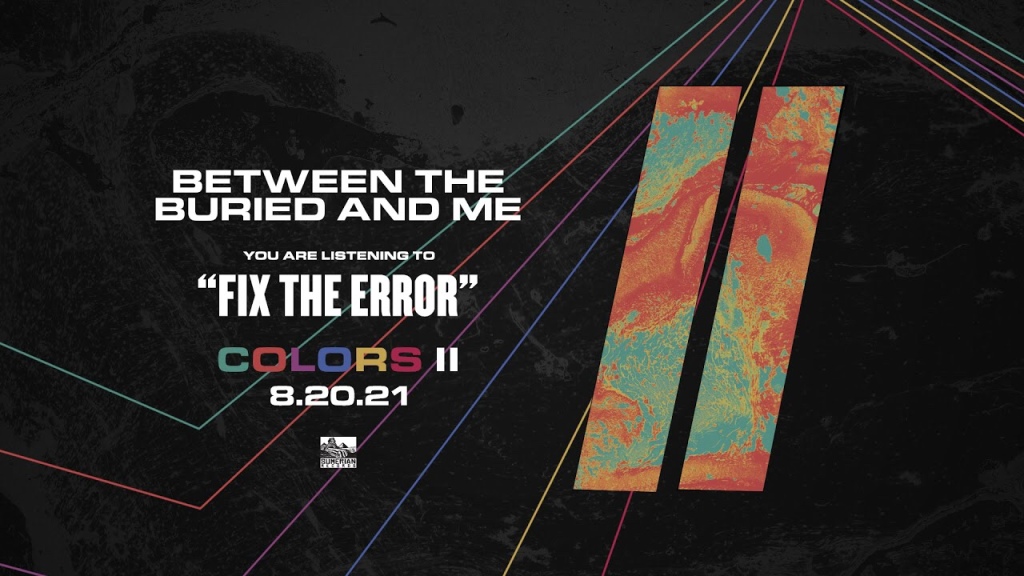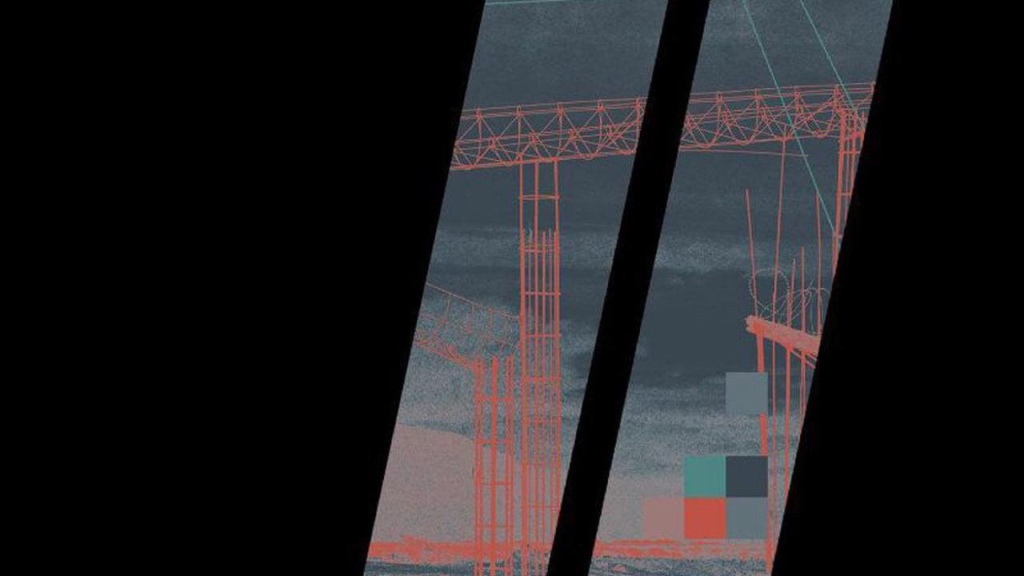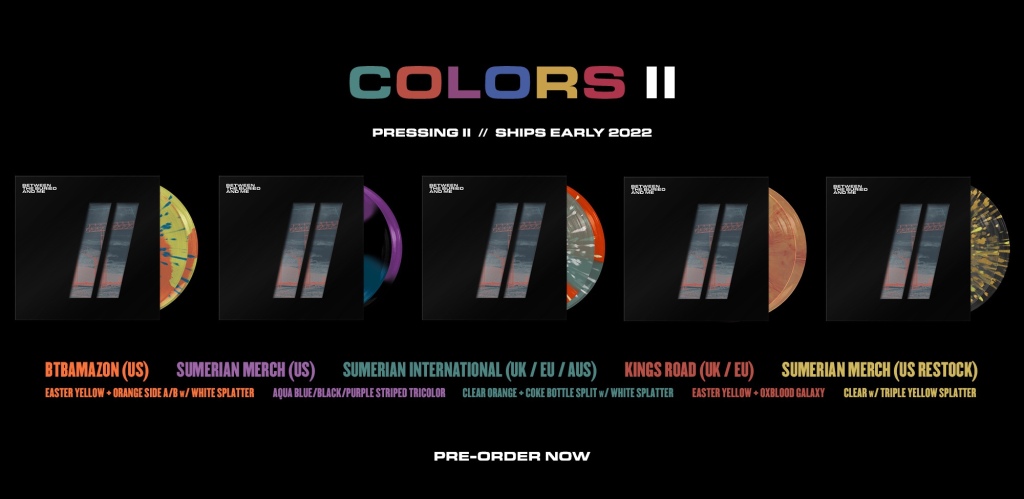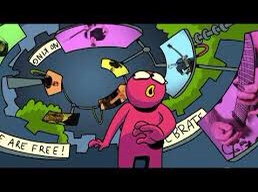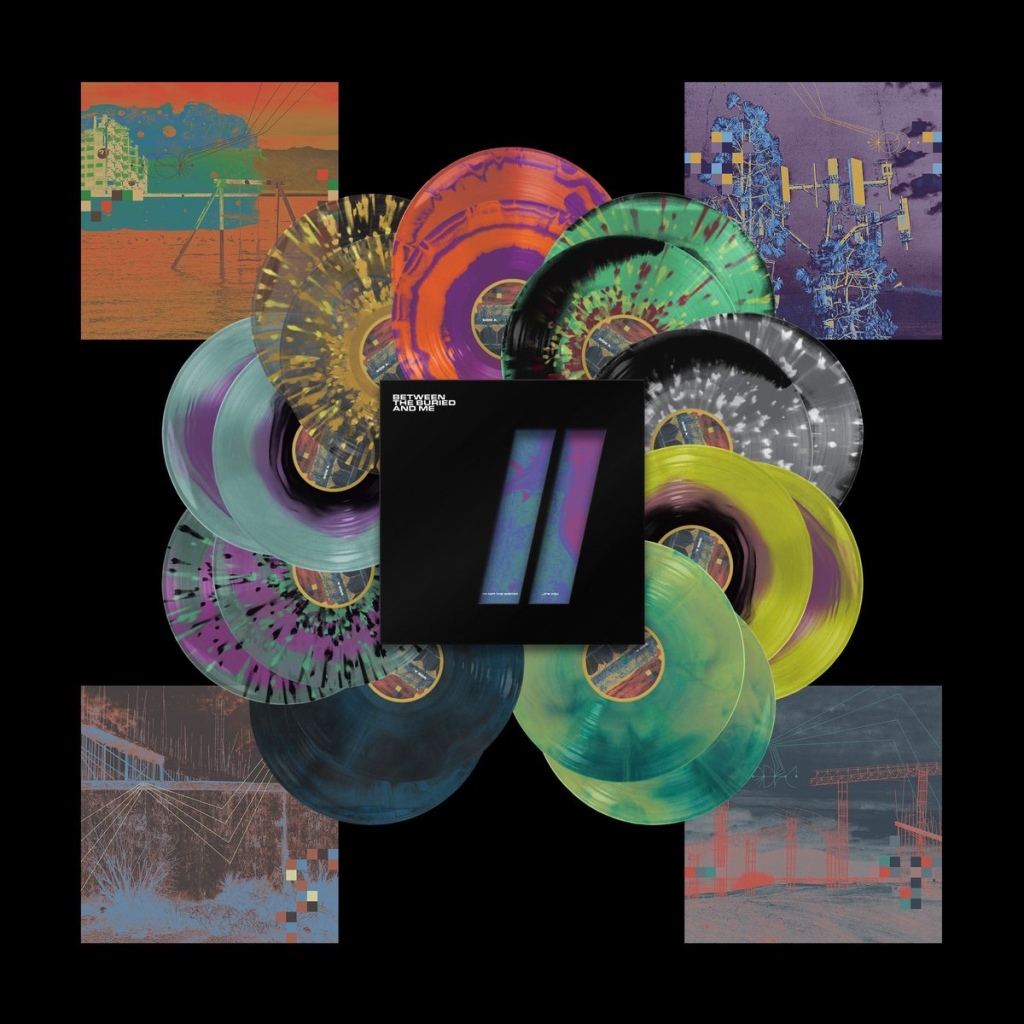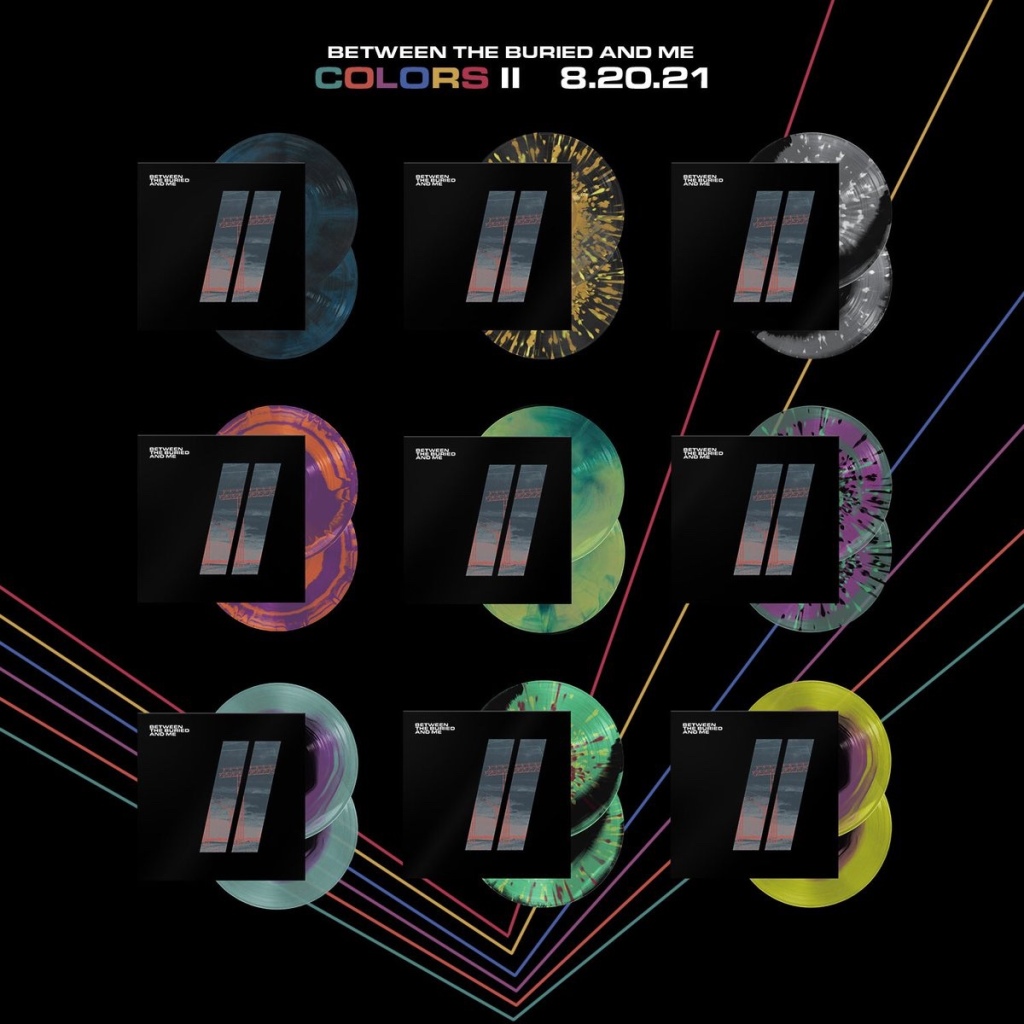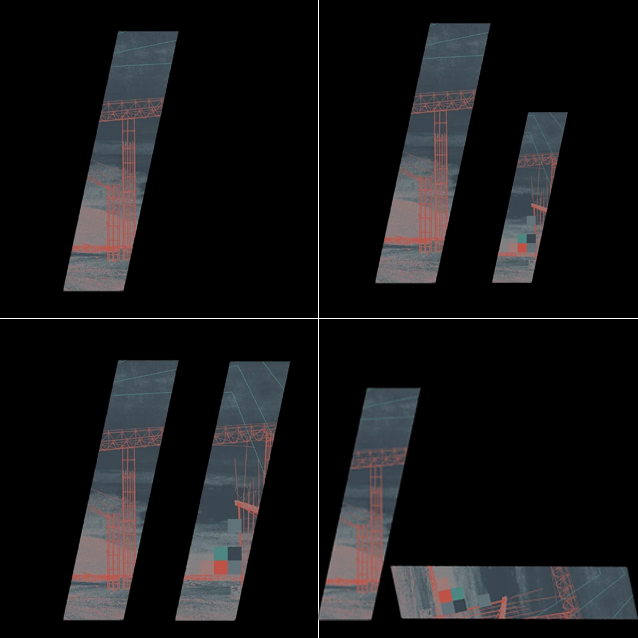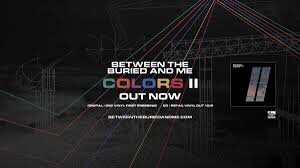
Ne Obliviscaris broke new ground in the progressive metal, a genre which prides itself in its forward thinking style as well as the evolution of the bands within, but can often times become as stale and caught in its own cliches as much as any other genre. To break new ground is a feat that deserves praise, and they did that on their debut album with their unique blend of melodic death metal and power metal meets jazz and classical. And while that sentence alone doesn’t sound too unfamiliar, the use of real violin (courtesy of clean vocalist Tim Charles) adds a completely new dimension to this already technical band. Rather than a background instrument, it is in the forefront, setting the mood of the song or trading solos with the guitars.
If I had one complaint of their debut album, Portal of I, it was just a touch too long. (Steven Wilson once commented that emotionally driven albums shouldn’t exceed a length of 50-55 minutes because you will lose the average listener anywhere after that, and I agree with that remark). However, Citadel and Urn dropped the runtime significantly to 48 and 46 minutes respectively, all the while delivering catchy and memorable songs that still showcased the band doing what they do best. Plenty of riffs, solos, dynamic transitions. Overall showcases for every member of the band.
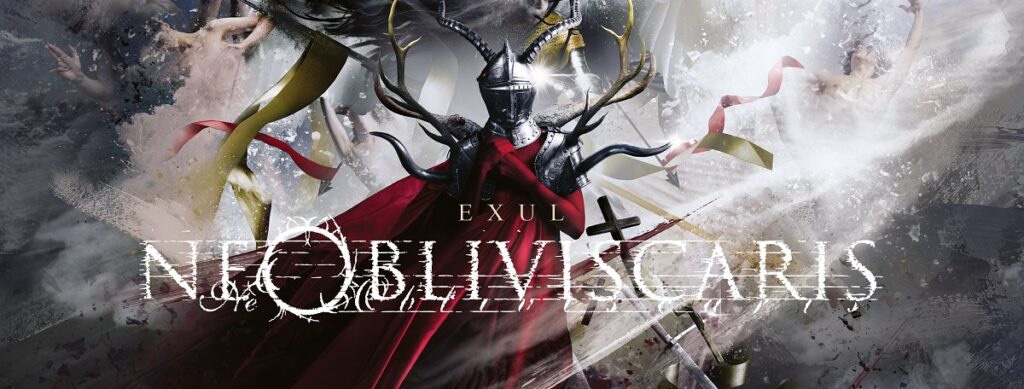
Coming almost 6 years after Urn, Exul had a lot to live up to. The band was more popular then ever before, the world had gone through a global pandemic which had inspired many great albums from other bands in the progressive metal genre, and also it was by far the longest gap between albums that the group had gone through thus far. And while the band has lived up to the challenge of releasing another solid full length, I am saddened to say that it does not live up to hype created in my mind by the last two albums.
One of the bands strengths is created driving and balanced albums based knowledge of when to delivery crushing riffs and when to bring in something for the audience to sing along to. And while the album has plenty of beautiful soft moments as we would expect it to, the memorable hooks are few and far between. Admittedly, if I took more time to really delve into the lyrics, I might find a greater appreciation for the album. Maybe these were calculated, deliberate choices by the band to enhance a story. I’ve only gathered bits and pieces of it, but I know parts of it deals with the crusades, and takes a page out of Indiana Jones and in turn talks about the search for the Holy Grail.
If there was a consistent theme throughout, I think the band should have been more upfront about that. They could have had included it in the linear notes, touched upon it in interviews, and done something really special with the already beautiful display of the collectors edition of the album. And if there is no consistent theme throughout, well, that just proves my fact that these are a group of songs that do not flow together well and the album does not match the brilliance of Citadel or Urn.
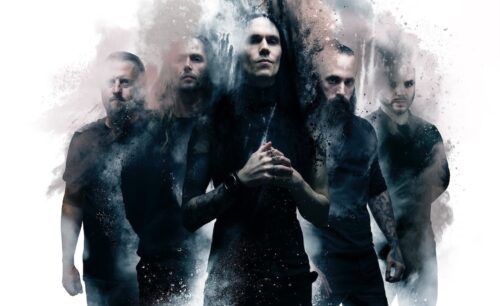
Dissecting the songs on the album, “Equus”, the opening track is probably the highlight of the album. It starts off with a driving riff leading into memorable soft vocals melodies, beautiful violin playing, great contrasting darker riffs and gutturals. Immediately evident is the upfront bass playing of Martino Garattoni. This is the bands first release, and while he is as talented as anyone else in this incredibly virtuosic band, it almost takes you out of the element to hear jazzy bass lines overtaking the beautiful string sections that come later in the song. I get wanting to showcase his playing, but the reason it works for a band like Cynic is because all the members are playing freely around the bass, leaving space for it. Here it almost sounds like the engineer forgot to bring the levels down after recording the bass parts.
Regardless, the song pushes on, and Tim brings us back with his emotional singing and playing, and the climax of the song is a highlight for not just the album, but the bands career. There are some upfront cymbal hits that feel like they are right there in the room with you, and the guitar solo is incredible. Not bad for a 12 minute song to open the album.
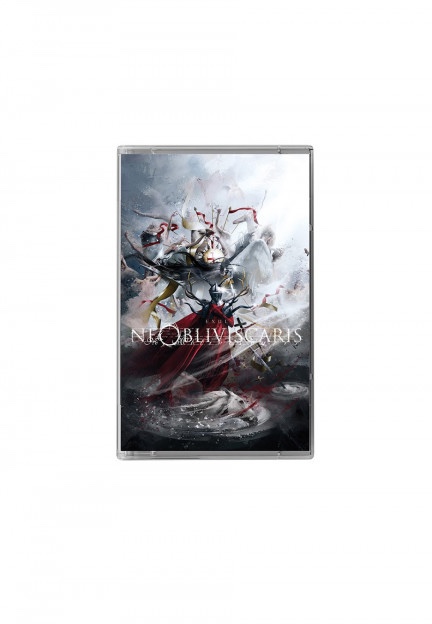
Multi-part songs have become a staple for the band, and here that comes in the form of “Misericorde I” and “Misericorde II”. The first part comes in with some frantic riffing, reminiscent of Obscura, and the Middle Easten sounding scales during the solo are fantastic. But there are many moments you think the song will take off, and instead seems to play it safe. Part 2 reprises a melody from the first part, this time softly and beautifully. This long build up is another highlight of the album. It contains a bluesy guitar solo that tugs on my heart every time. It starts to make sense why the parts were broken up, and why Part 1 focused so much on riffing. The vocals finally erupt almost 7 minutes in. This song is about as post rock/post metal as the band gets.
While my review has sounded mostly positive this far, I think you’ll find that’s the case for people regardless of if they love the album or hate it. The first half definitely is the stronger half. “Suspyre” and “Graal” aren’t bad songs. All the trademark elements of Ne O are there. But they bring nothing to the album you haven’t already heard in the first three tracks. Similarly, they are almost interchangeable. You wonder how they’d be able to top the first half, but it the second half feels safe, which is weird to think about when talking about such incredible musicianship. After the two tracks, the album ends with “Anhedonia”, which is a soft instrumental with beautiful wordless vocals by Tim Charles. However, this feels extremely anticlimactic as an ending track when “Graal” also ends anti-climatically with a violin solo.
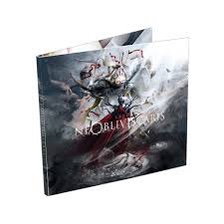
I think the albums biggest faults lies in its track listing. It almost feels like reverse order of what it should have been. Looking exclusively at music and not lyrics, I would start with “Anhedonia”, or at least put it in the middle to separate and give breathing room to the heavier tracks. “Suspyre” and “Graal” would be my “one-two punch” out of the opening, “Misericorde” would be my epic centerpiece, and “Equees” would be my big finish, with memorable Melodie’s finishing off the album, rather than aimless ambience.
That being said, there’s no bad track on the album and I’d be excited to hear any of them in a live setting. But the order of the songs leaves the listener wanting more, and the lack surprises might leave long time fans feeling a little let down. Then again, maybe they will just be glad to hear new music after the extended wait. Maybe my appreciation of the album will grow in time. But for now, I’m gonna go back and and enjoy Citadel for what’s probably the millionth time.
I rarely a gives scores any more, but this one to me feels like a 3 out of 5.

